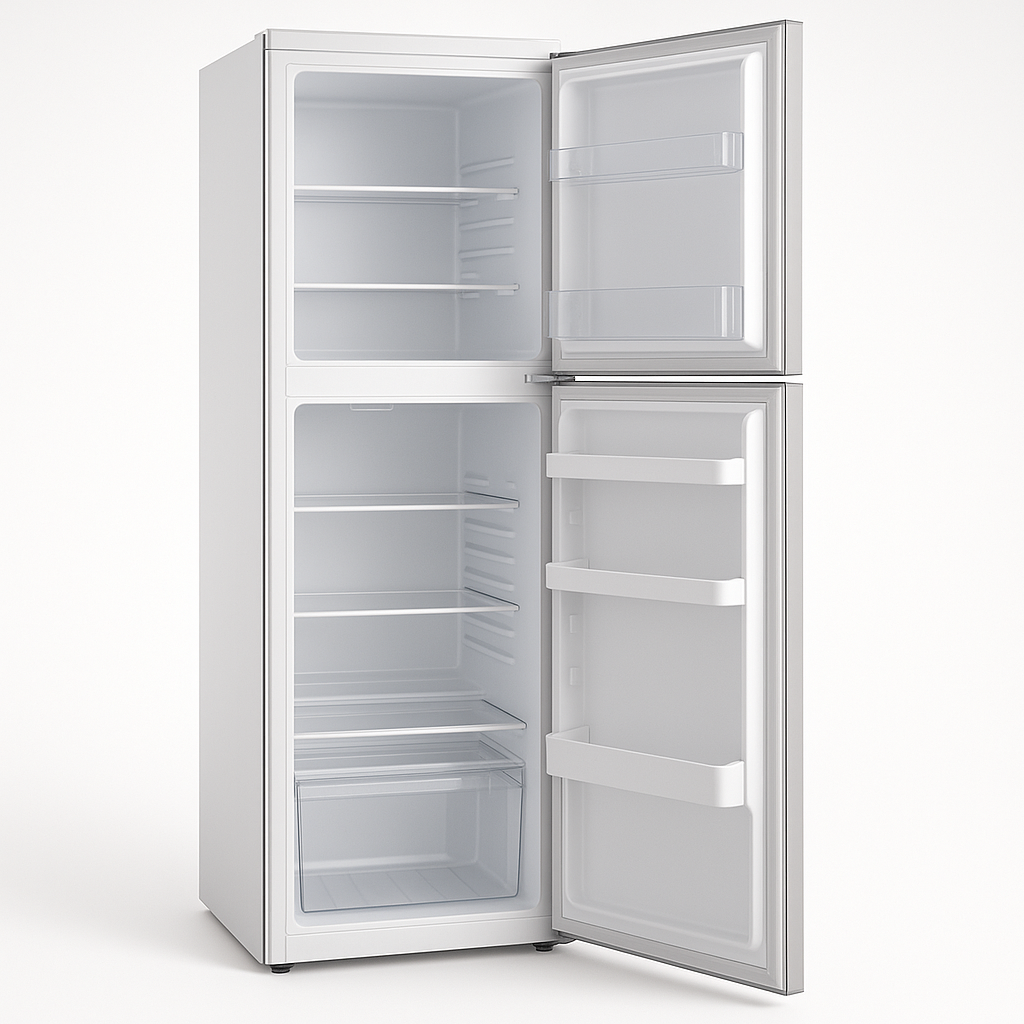What's The Job Market For Refrigerator With 0-Degree Zone Test Profess…
페이지 정보

본문
Exploring the 0-Degree Zone in Refrigeration: A Comprehensive Test
Refrigerators are a staple in modern-day kitchens, important for protecting food quality and ensuring it lasts longer. One function that has garnered attention in current years is the 0-degree zone, typically touted as an ideal option for saving meats, fish, and other perishables. However what does the 0-degree zone involve, and is it really effective? In this blog post, we will explore the principle of the refrigerator's 0-degree zone, carry out an extensive Kühl-Gefrier-Kombination Freistehend Test of its abilities, and respond to common questions surrounding this function.
What is a 0-Degree Zone?
A 0-degree zone describes a specialized section within a refrigerator created to preserve a temperature level around 32 ° F(0 ° C). This temperature level is optimum for keeping disposable products fresh without freezing them. While conventional refrigeration operates at slightly above freezing temperatures (typically between 32 ° F and 40 ° F ), the 0-degree zone aims to extend the freshness of items that are more susceptible to putridity.
Key Benefits of the 0-Degree Zone
- Extended Freshness: Ideal for saving meats and fish, the cold temperature can assist slow down bacterial growth.
- Preserved Quality: Fruits and vegetables can retain their texture and taste longer when kept at this ideal temperature.
- Lowered Spoilage: Prevents freezer burn for items that are generally stored in regular freezer compartments.
The Test: Evaluating Refrigerator 0-Degree Zones
To examine the efficiency of the 0-degree zone, a range of fridges, geared up with this feature, were evaluated for their efficiency over a two-week duration. Food items typically saved in this area were kept track of, consisting of beef, chicken, fish, fruits, and veggies. Here's a breakdown of the methodology and outcomes.
Test Methodology
- Fridges Selected: Five different models featuring 0-degree zones.
- Products Stored:
- Ground beef
- Chicken breasts
- Salmon fillets
- Strawberries
- Carrots
- Temperature Monitoring: Internal temperatures were logged daily utilizing accurate thermometers positioned in the 0-degree zone.
- Quality Assessment: At the end of the two-week duration, visual assessments and taste tests were conducted.
Test Results
Table 1: Temperature Consistency Across 0-Degree Zones
| Refrigerator With 0-Degree Zone Test Model | Average Temperature ( ° F)Fluctuation Range ( ° F | |
|---|---|---|
| ) Model A | 32.5 | 31.0 to 34.0 |
| Design B | 31.8 | 30.0 to 33.0 |
| Model C | 32.2 | 31.5 to 34.5 |
| Model D | 32.0 | 31.0 to 33.5 |
| Design E | 30.5 | 29.5 to 31.5 |
Table 2: Quality Assessment of Food Items After Two Weeks
| Food Item | Refrigerator Model A | Design B | Design C | Design D | Design E |
|---|---|---|---|---|---|
| Hamburger | Fresh | Fresh | Somewhat Discolored | Spoiled | Spoiled |
| Chicken Breasts | Fresh | Fresh | Somewhat Dry | Spoiled | Spoiled |
| Salmon Fillets | Fresh | Fresh | Fresh | Somewhat Dry | Ruined |
| Strawberries | Fresh | Somewhat Soft | Fresh | Spoiled | Ruined |
| Carrots | Crisp | Crisp | Somewhat Wilted | Soft | Spoiled |
Observations From the Test
Temperature level Consistency: All tested fridges preserved temperatures near the desired 0-degree mark. However, Model A and Model B showed exceptional consistency with minimal variation, making them more trustworthy for protecting food.
Food Preservation: Items stored in Model A and Model B revealed very little signs of putridity, while those in Models D and E exhibited significant degeneration, especially the meat products.
Wetness Retention: The refrigeration models, despite maintaining low temperatures, handled to maintain the moisture levels of the food effectively, particularly in Models A and B.
The 0-degree zone in contemporary fridges presents an important improvement for those seeking to prolong the life of their disposable goods. This feature stands apart for Gefriertruhe Günstig Kaufen its ability to maintain optimum temperatures while lowering putridity and retaining food quality.
Frequently asked questions
1. What kinds of food are best fit for the 0-degree zone?
Foods that benefit from storage in the 0-degree zone include meats, seafood, ready meals, some dairy items, and specific fruits and veggies that do not freeze well.
2. How can I inform if my refrigerator has a 0-degree zone?
Check your refrigerator's user manual or the temperature level controls. Many brand Leise KüHl-Gefrier-Kombination names consist of a particular compartment labeled as the 0-degree zone or similar wording.
3. Is it safe to keep food in the 0-degree zone?
Yes, supplied that the temperature consistently remains around the 0-degree mark. Keeping food at this temperature helps restrict germs growth while maintaining freshness.
4. Can the 0-degree zone be changed?
In many fridges, the temperature level settings for kühlschrank mit 0 grad zone Test (www.huizhizhong.Com) the 0-degree zone can be adjusted, however it's advised to keep it near or at 32 ° F for optimum outcomes.
5. The length of time can food last in the 0-degree zone?
This can differ depending on the type of food. Meat and fish can last longer than in a routine fridge however check particular guidelines for best practices on storage times.
In conclusion, purchasing a refrigerator with a 0-degree zone not only boosts food conservation practices but also ensures that your ingredients maintain their quality and taste. By checking out different models and their capabilities, customers can make informed choices that suit their food storage needs.

- 이전글5 Killer Quora Answers To Orangery Maintenance Services 25.10.30
- 다음글14 Savvy Ways To Spend Extra Freezer Online Shop Budget 25.10.30
댓글목록
등록된 댓글이 없습니다.
